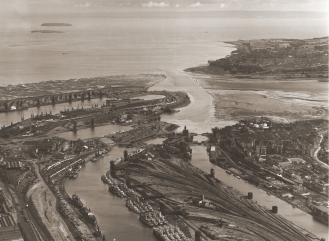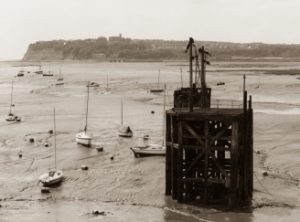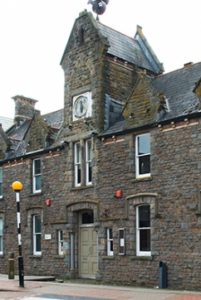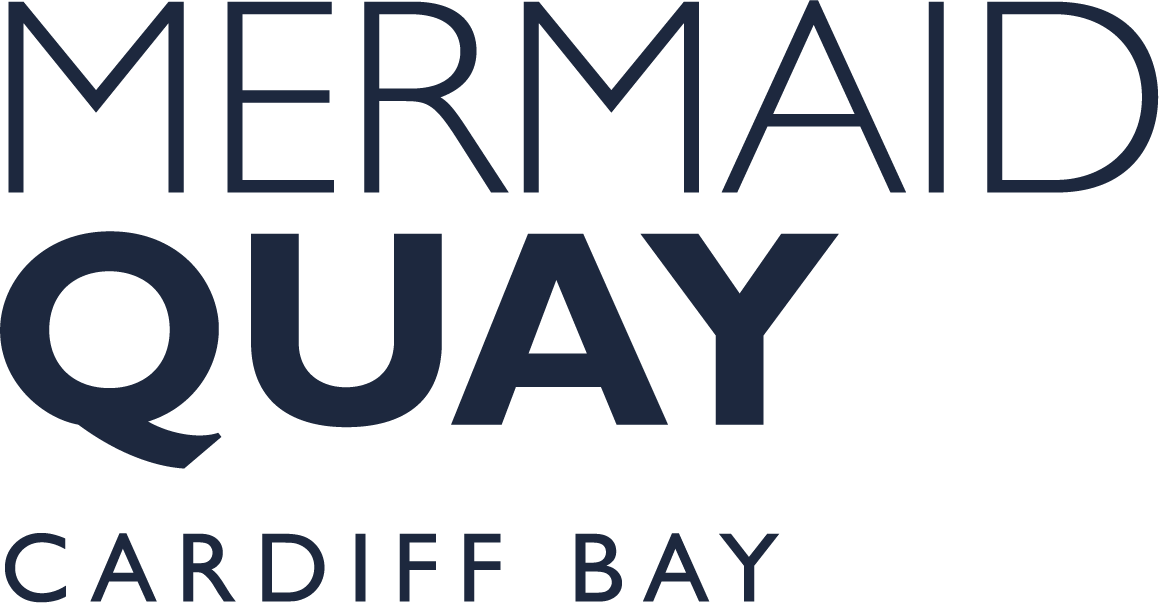The industrial revolution saw a major expansion in Cardiff docks with the area, known in the nineteenth century as Tiger Bay, playing a major role in the export of coal. Mines in the Welsh valleys produced coal that was shipped to the rest of the world and by 1913 10,700,000 tons of coal were passing through the Bay every year.
As with most docks, Tiger Bay became a multi-cultural melting pot where migrants from Norway, Spain, the Caribbean and Ireland mingled and formed communities. Roald Dahl, whose parents were Norwegian, was christened in the Norwegian Church, which now serves as an Arts Centre. The dock’s multicultural legacy was the inspiration behind John Clinch’s ‘People Like Us’ at Mermaid Quay.
However, after the Second World War there was a decline in coal based industry and the docks closed down, with coal exports ceasing in the 1960s. By 1987 the area had become run-down and the Cardiff Bay Development Corporation (CBDC) was set up to redevelop the area. In order to rejuvenate the formerly tidal Bay, the CBDC created Europe’s largest waterfront development by building a barrage across the entrance to form a picturesque 500-acre freshwater lake, completed in 1999. Following concerns from environmental groups, the developers of the Bay were keen to preserve wetland areas used by the large numbers of wading birds in the area, and therefore oversaw the creation of a new nature reserve further down the Severn Estuary.
At Mermaid Quay pieces of the Bay’s rich heritage are all around you – the former queue shed for tickets to America is now Coffi Co, and look out for the original dock walls at Roald Dahl Plass, site of the former Oval Dock. The development of the Bay has meant that this heritage can be preserved whilst creating a fantastic leisure area to be used by generations to come.




As with most docks, Tiger Bay became a multi-cultural melting pot where migrants from Norway, Spain, the Caribbean and Ireland mingled and formed communities. Roald Dahl, whose parents were Norwegian, was christened in the Norwegian Church, which now serves as an Arts Centre. The dock’s multicultural legacy was the inspiration behind John Clinch’s ‘People Like Us’ at Mermaid Quay.
However, after the Second World War there was a decline in coal based industry and the docks closed down, with coal exports ceasing in the 1960s. By 1987 the area had become run-down and the Cardiff Bay Development Corporation (CBDC) was set up to redevelop the area. In order to rejuvenate the formerly tidal Bay, the CBDC created Europe’s largest waterfront development by building a barrage across the entrance to form a picturesque 500-acre freshwater lake, completed in 1999. Following concerns from environmental groups, the developers of the Bay were keen to preserve wetland areas used by the large numbers of wading birds in the area, and therefore oversaw the creation of a new nature reserve further down the Severn Estuary.
At Mermaid Quay pieces of the Bay’s rich heritage are all around you – the former queue shed for tickets to America is now Coffi Co, and look out for the original dock walls at Roald Dahl Plass, site of the former Oval Dock. The development of the Bay has meant that this heritage can be preserved whilst creating a fantastic leisure area to be used by generations to come.
History of the Pilotage Office
The Pilotage Office was the administrative building for the river pilots who operated in the Bristol Channel. It was from here the local pilots would pick up their roster for the day and, more importantly, their pay.

The pilots’ job was vital in helping ships negotiate the treacherous waters. They were employed for their local knowledge to guide the large ships into the dock through narrow and shallow straits. They knew where the rocks, mud and sandbanks were, which side of the buoys to pass, they were familiar with weather conditions and the rise and fall of the tide – the Bristol Channel has the second highest tidal range in the world.
The building wasn’t purpose built and its origins are steeped in mystery. No one really knows why it was built, but it could be the oldest building in the Bay. Its thick stone walls certainly make it distinct from the other buildings close by.
Local historian Professor Neil Sinclair has suggested that it may have built by the second Marquis of Bute to stable the large work horses that pulled barges down the Glamorganshire Canal. Large arched stable doors at the back of the building might verify this – you can still see the arch although the doors have been replaced by a glass extension.
There is no documentation to prove the date of construction. It is shown on the 1st edition of the OS map (1880), although it wasn’t named as The Pilotage Office until the 2nd edition in 1900. However, the building may well have been built before then and may have had an earlier connection with the Glamorganshire Canal which was built in 1790.
One of the most distinctive things about the building is the ship weather vane (modern) and historic inset compass face at the base of the tower below. The compass was manufactured by W Weichart of Cardiff and indicates wind direction in quarter points. The weather vane was installed in the 1970s.
The Pilotage Office building was converted into an restaurant. It traded as Woods Brasserie from 1999 to 2015. It is now occupied by Bill’s Restaurant. Bill’s has undertaken a sympathetic refurbished of the building to create a busy restaurant with a fabulous atmosphere. Come and experience the history for yourself, while enjoying a fabulous meal at Bill’s.

The pilots’ job was vital in helping ships negotiate the treacherous waters. They were employed for their local knowledge to guide the large ships into the dock through narrow and shallow straits. They knew where the rocks, mud and sandbanks were, which side of the buoys to pass, they were familiar with weather conditions and the rise and fall of the tide – the Bristol Channel has the second highest tidal range in the world.
The building wasn’t purpose built and its origins are steeped in mystery. No one really knows why it was built, but it could be the oldest building in the Bay. Its thick stone walls certainly make it distinct from the other buildings close by.
Local historian Professor Neil Sinclair has suggested that it may have built by the second Marquis of Bute to stable the large work horses that pulled barges down the Glamorganshire Canal. Large arched stable doors at the back of the building might verify this – you can still see the arch although the doors have been replaced by a glass extension.
There is no documentation to prove the date of construction. It is shown on the 1st edition of the OS map (1880), although it wasn’t named as The Pilotage Office until the 2nd edition in 1900. However, the building may well have been built before then and may have had an earlier connection with the Glamorganshire Canal which was built in 1790.
One of the most distinctive things about the building is the ship weather vane (modern) and historic inset compass face at the base of the tower below. The compass was manufactured by W Weichart of Cardiff and indicates wind direction in quarter points. The weather vane was installed in the 1970s.
The Pilotage Office building was converted into an restaurant. It traded as Woods Brasserie from 1999 to 2015. It is now occupied by Bill’s Restaurant. Bill’s has undertaken a sympathetic refurbished of the building to create a busy restaurant with a fabulous atmosphere. Come and experience the history for yourself, while enjoying a fabulous meal at Bill’s.
